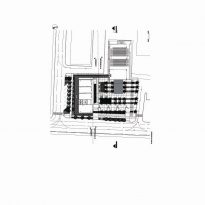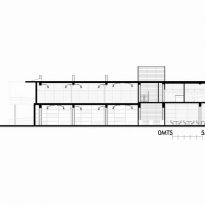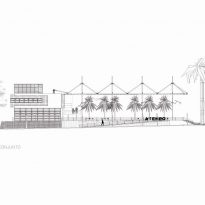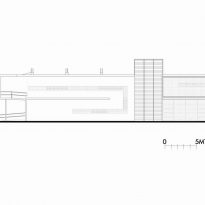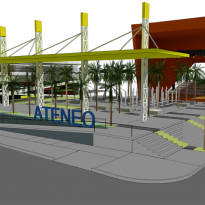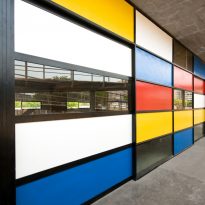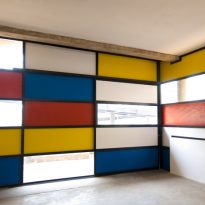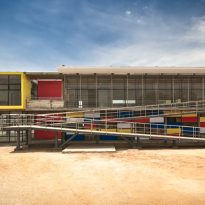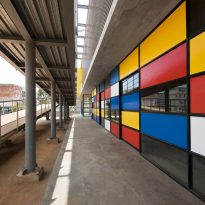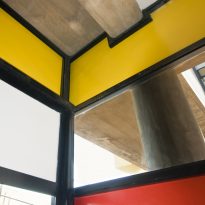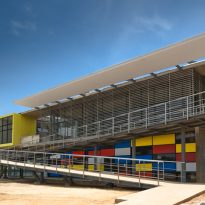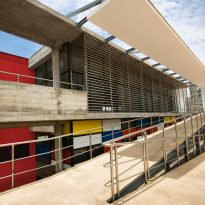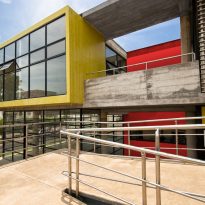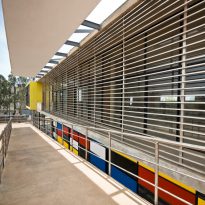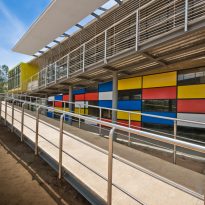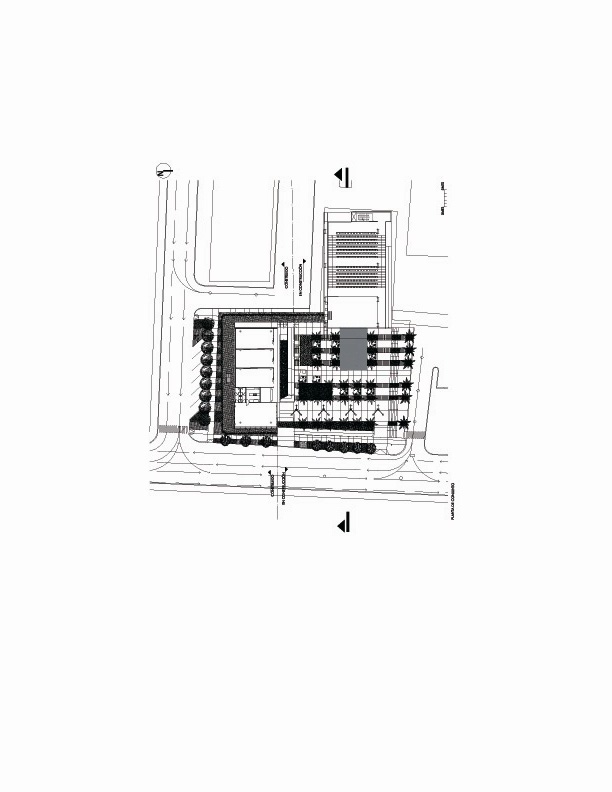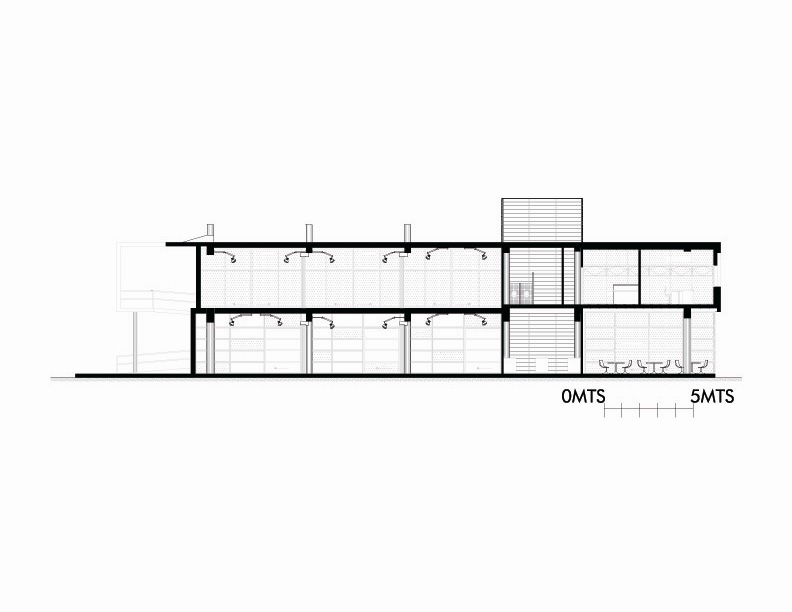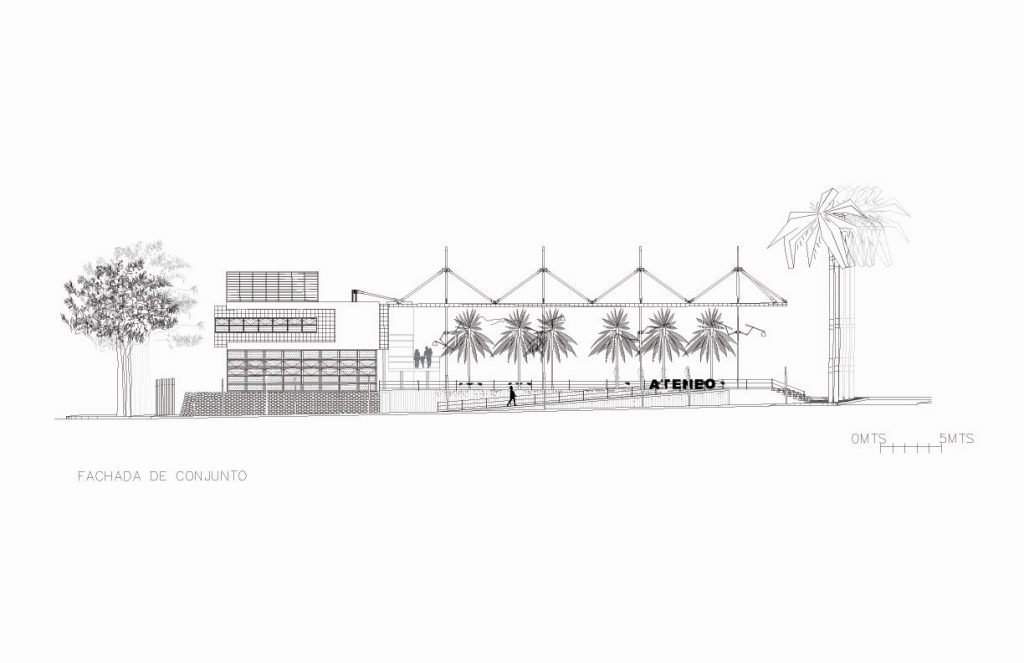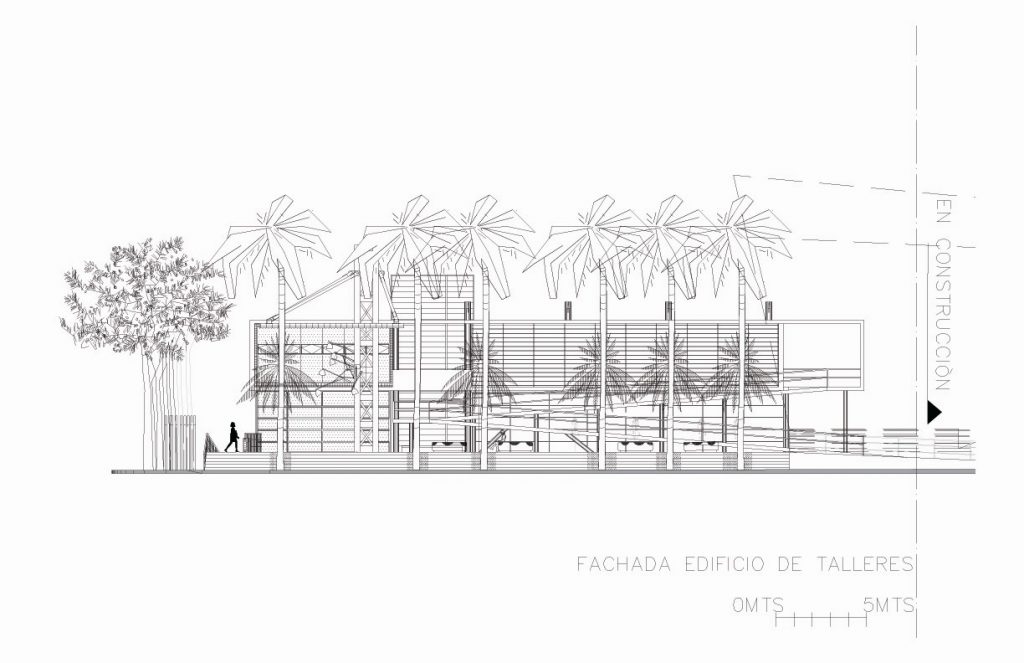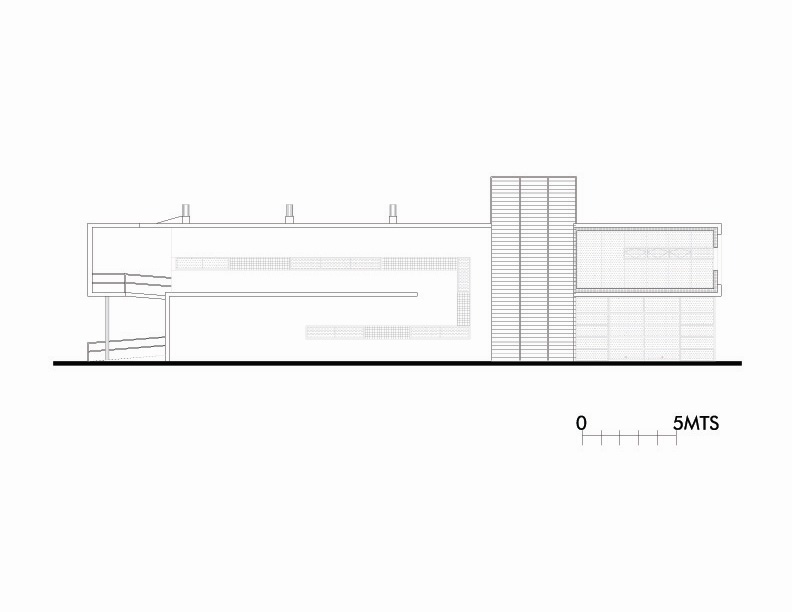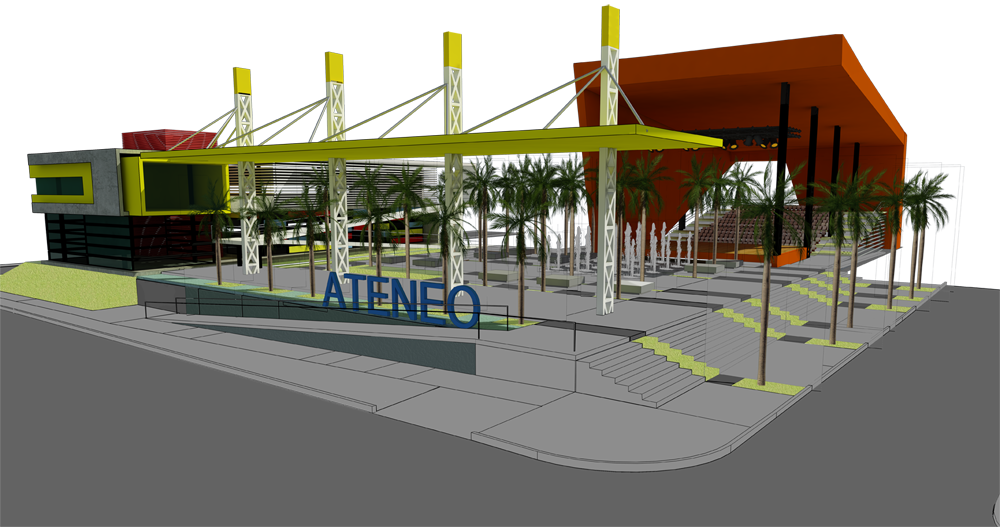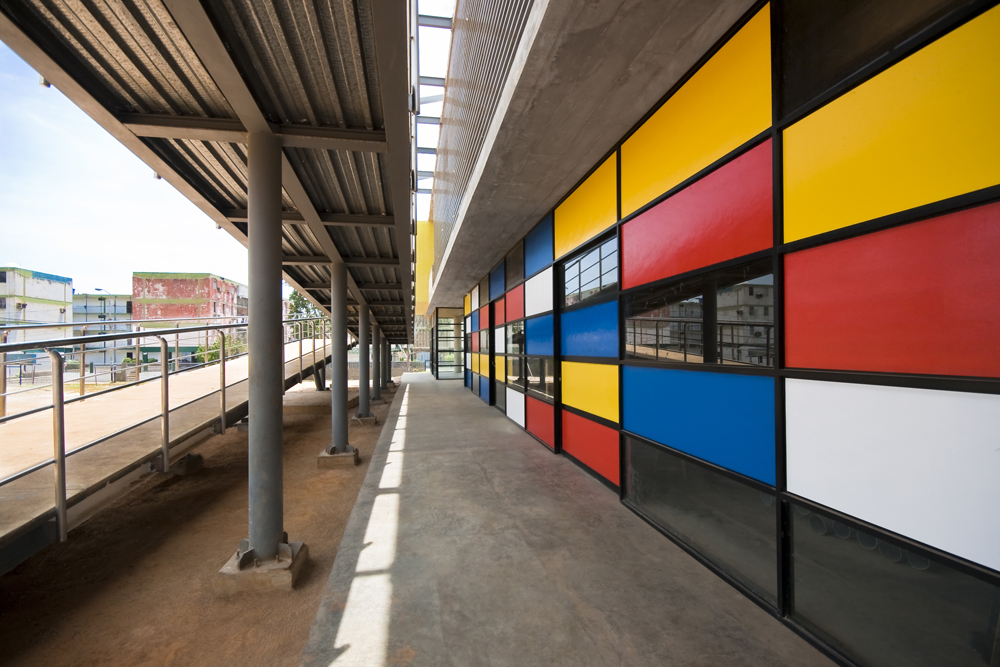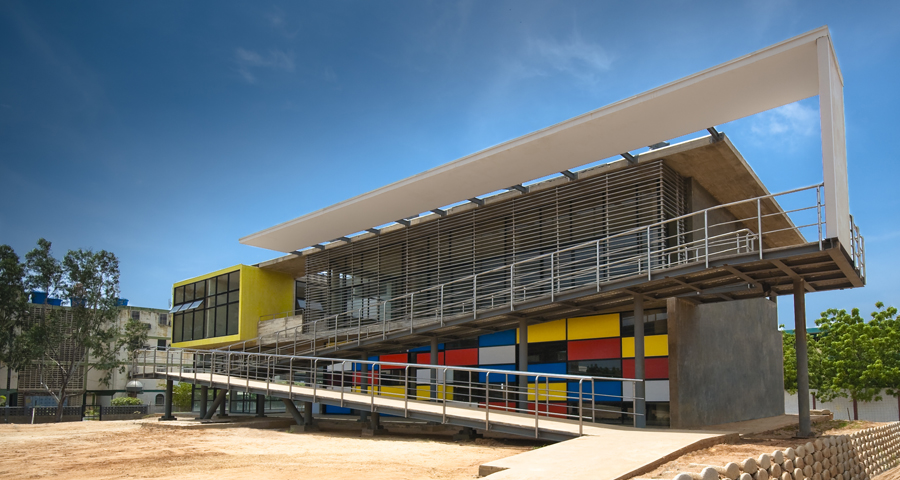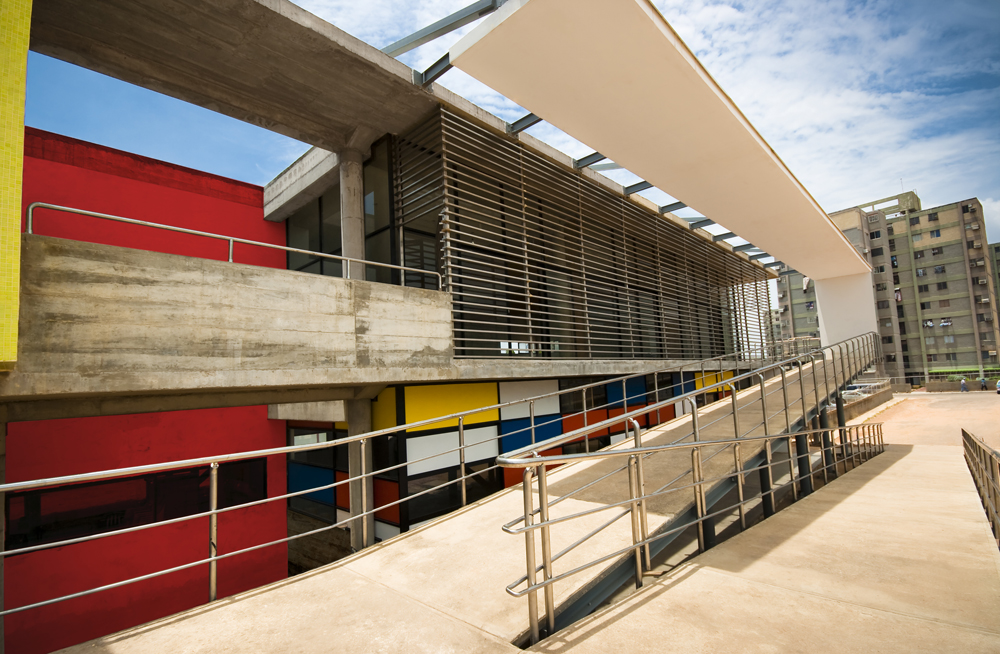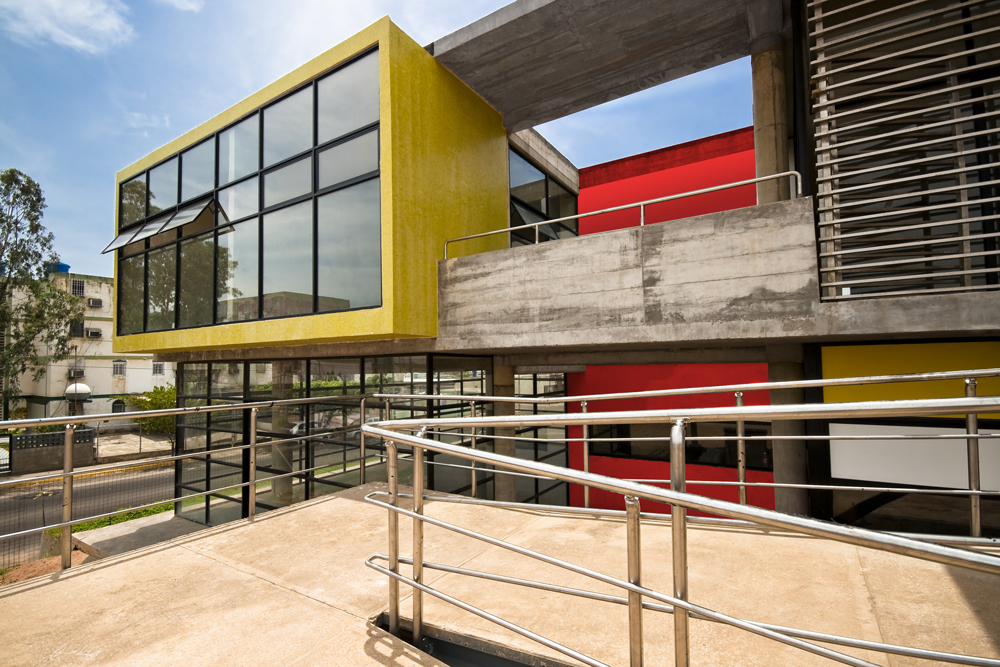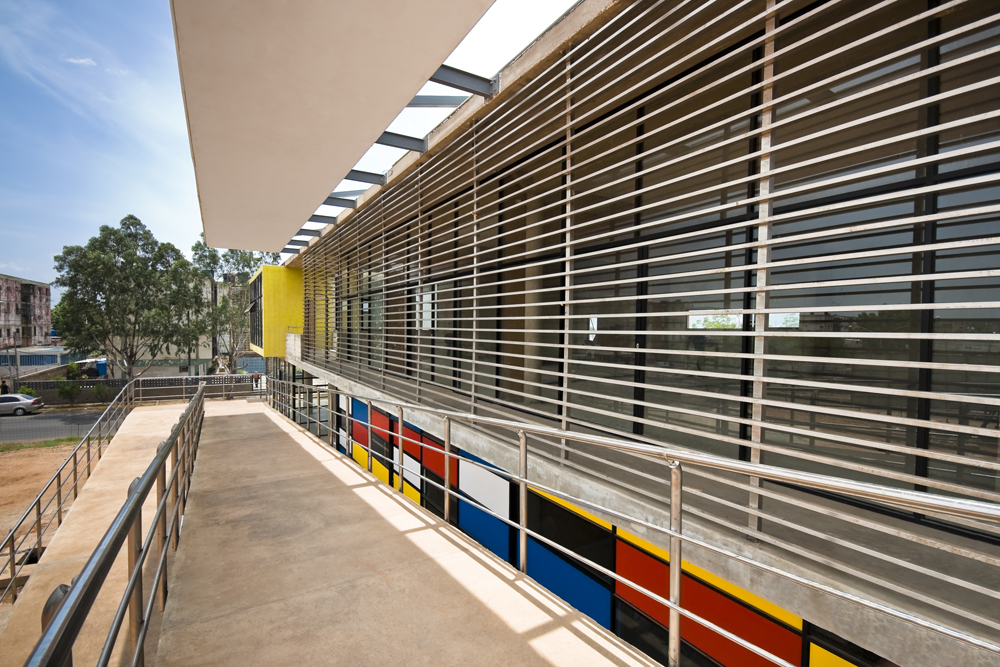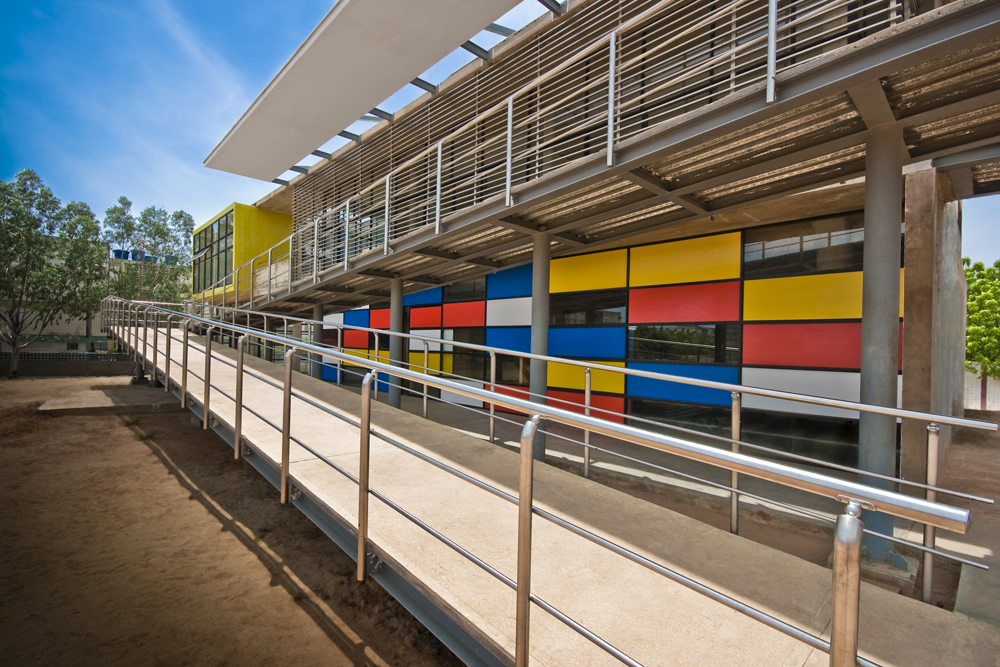Ateneo San Francisco

Introduction
A paradoxical formula reflects the inverse relationship between the presence of urban buildings for the performing arts and their interaction with the city and the urban dweller, then appearing as giants that lie inert for hours in our cities, for snippets of time awakening to continue after the closing of the curtain, his reckless dream.
Proposal
The proposal seeks urban awakening of these buildings, permanently opening its architecture and urban dweller even in contexts like ours where cultural exclusion is common practice.
The Ateneo becomes a stronghold city that houses a public recreational space and makes the interactive entities and nearby buildings, turning the set on a site of urban communion, communal meeting and collective art.
Status
The Athenaeum was built in San Francisco, a town located south of Maracaibo, in the state of Zulia, Venezuela. In 2009 it had a population density of 2,553.45, being the second largest city in the state.
Spaces
The Ateneo is composed of three major components: Workshop Building, Auditorium and Plaza Urbana.
Workshops Building
Designed to function as a support structure and service auditorium, hosts workshops for the performing arts, and administrative and service activities.
The workshop building is formed by a fold, which is crossed by a service permeable and finally the yellow protrusion located in the upper fold, hosts services.
The Auditorium
Often conceived as a refined “bank vault” unfriendly, wrapped airtight walls and elusive, is replaced by an audience that tries to reveal the sacredness of the drama, offering the option of being discovered to the city, allowing the entry to the building it: the city, the public and the theater together embrace to create the best function.
Urban Square
It is defined as a confluence of multiple spaces and acts as communion urban site
The square and all the buildings are developed on high relative to a busy road and noisy.
The temptation of the monolithic unity gives way to the recomposition fragmentary but relying on the interaction of its parts, giving a clean representation, which is located in a specific context clearly leaves the faithful representation of a symbolism beyond the conventional.
